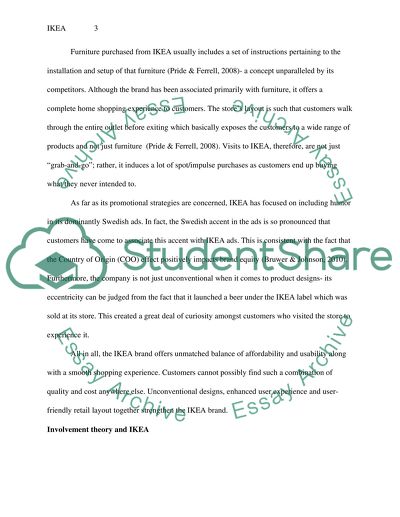Cite this document
(“Consumer Behaviour- Brand Analysis Report Book /Review”, n.d.)
Consumer Behaviour- Brand Analysis Report Book /Review. Retrieved from https://studentshare.org/marketing/1478377-consumer-behaviour-brand-analysis-report
Consumer Behaviour- Brand Analysis Report Book /Review. Retrieved from https://studentshare.org/marketing/1478377-consumer-behaviour-brand-analysis-report
(Consumer Behaviour- Brand Analysis Report Book /Review)
Consumer Behaviour- Brand Analysis Report Book /Review. https://studentshare.org/marketing/1478377-consumer-behaviour-brand-analysis-report.
Consumer Behaviour- Brand Analysis Report Book /Review. https://studentshare.org/marketing/1478377-consumer-behaviour-brand-analysis-report.
“Consumer Behaviour- Brand Analysis Report Book /Review”, n.d. https://studentshare.org/marketing/1478377-consumer-behaviour-brand-analysis-report.


